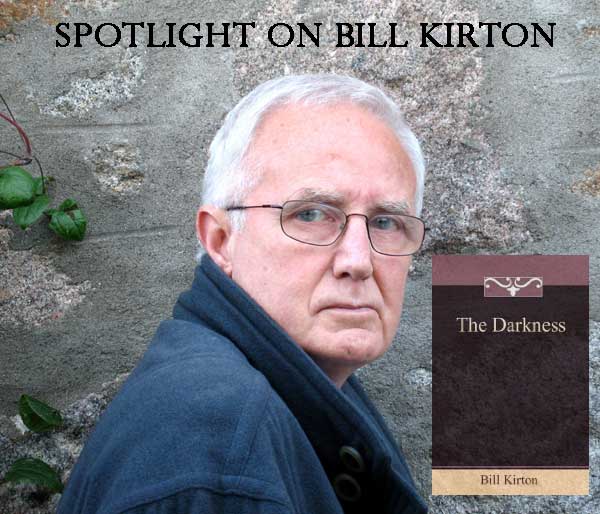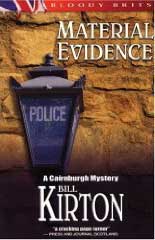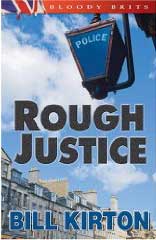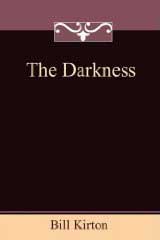|
My
first novel was a comedy. It also showed me that I could in fact
write a novel. Before then Iíd written stage and radio plays, which
were broadcast and performed in the UK and the USA, and short
stories. But the itch to write a novel was there and, as I tell
people at workshops, it sort of creeps up on you. You donít write A
NOVEL; you write a few sentences, a few paragraphs, a few pages and,
before too long, the pile of paper youíve printed out gets bigger.
You look at it and you think ĎHey, thatís quite a few pages. If Iíve
managed that many, I can add some more.í And you do, and the novel
gets written.
You get a lot of help from your characters; they do and say what
they want and you write it down. OK, itís not quite that simple but
thatís certainly part of how it happened for me. And once youíve got
the first one written, the block has been lifted and you know you
can do more.
Iím actually redrafting that first book now. Itís called The Sparrow
Conundrum and I still think it has some good laughs in it. But my
published novels have been police procedurals. Theyíre set in a
fictional town, Cairnburgh, which is just west of my actual home in
Aberdeen. My policeman is DCI Jack Carston who doesnít have a drink
problem, isnít a social misfit and doesnít indulge in esoteric
pursuits. In fact, heís a happily married, childless individual with
a strong, independent wife and an active, healthy dislike of admin
and bureaucracy as well as the nasty things that criminals
perpetrate for purely selfish motives.
But heís changing. In the first novel, Material Evidence, which was
published in the UK in hardback in 1995 and in a new paperback
edition in the USA in 2007, I learned that I had to cut back on the
local dialect so that readers south of Aberdeen would understand it.
Instead of making my characters say things such as ĎFah ye spikkin
till?í (ĎWho are you speaking to?í) I was told by my editor that
letting them say ĎAyeí would be enough to show that they were
Scottish. (But theyíre gradually letting more Scottishisms creep
in).
The penultimate scene of the book is a nasty one. I figured that
thatís what many readers of crime want and, although I still have
doubts about the effect such scenes can have, I recognise that
thereís a power in stark, visceral things which grabs us in spite of
ourselves.
In the second
book, Rough Justice, the nasty scene features a rape. Itís not
gratuitous and it does play a significant part in the plot. My
interest though is mainly in the nastiness that can go on in
peopleís heads and in the way they treat others Ė thatís where the
real horror lies. And when I said Carston is changing, itís because
of his constant exposure to Ďmanís inhumanity to maní (and
especially woman). He begins to realise and admit that the potential
for darkness is in all of us. Rough Justice was published in 1996
(UK) and 2008 (USA) and, in the third in the series, which has just
been published (December 2008), that darkness is even more explicit.
In fact, the title is The Darkness. It features a perfectly sane
individual who goes about his daily job helping people and showing
compassion and concern for them but who, simultaneously, is acting
as a vigilante. Heís trapping criminals who have got away with their
crimes and subjecting them to inhuman conditions and torments. As
the investigation continues, Carston has to keep suppressing the
fact that he, too, is glad that the victims are suffering.
Iím getting rather ahead of myself here but, with two more books in
the series already written, my plans for the sixth are to create a
situation in which he throws off all restraints and almost gives in
to the blackness which is part of his character. I think Iím
probably going to kill his wife, too, to give him an extra nudge
along the road.
Another novel is due out soon. Itís set in Aberdeen in 1840 and
features the killing of a shipwright. The central character whose
curiosity leads him to investigate the death is a figurehead carver
and the bookís called The Figurehead. Itíll be published in the USA
by Virtual Tales as a paperback and an ebook. The beauty of setting
it in the nineteenth century is that investigations can be
speculative processes, without the certainties of DNA profiling and
all the other forensic advances that have made detection and proof
slightly easier. John Grant, my carver, can hack away at his lump of
oak and devise theories to fit the facts, wander around the docks
asking questions and, incidentally, begin to fall for the daughter
of the owner of the ship whose figurehead heís carving. It helps
that she and her mother have asked for it to be a likeness of the
two of them combined.
Reading and writing carry the same excitement. As both reader and
writer, one gets lost in the fiction, contributes to it, gives the
characters their breath and substance. And, when crime is involved,
one gets the chance to see behind peopleís facades, to share the
murkiest thoughts and compulsions. And the book isnít a closed
world. It has its settings, its protagonists, its events, but
theyíre always open to many interpretations. On my website, (bill-kirton.co.uk)
I tell of the American reader who was half way through Material
Evidence and wrote to me to say he was enjoying it. I replied and
said ĎOK, whodunit?í He sent me a closely argued email identifying
the killer and giving all the necessary motives, clues and the
methods Carston used to catch the criminal. He was Ďwrongí but his
arguments were flawless. And I was chuffed that there was enough
scope in the book for him to have created his own scenario from it.
It took that intimate, magical contact between writer and reader a
step further than the norm. And, in the end, thatís the real beauty
of writing Ė to become part of another personís experience for a
short while. Itís a privilege to be allowed inside someone elseís
thinking. |



